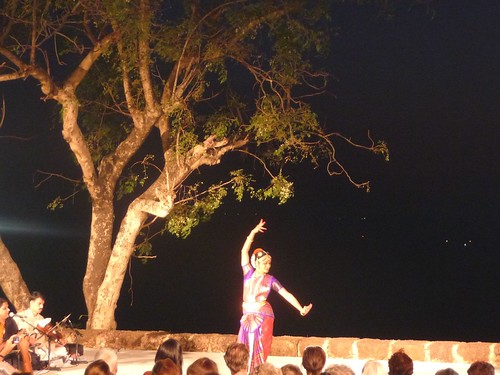Sometime last month, this column began an engagement with what it termed the Catholic bigot (CB). The intention was not to label all Catholics bigots, but point out to a peculiar strain of bigoted thinking among Goan Catholics. The idea was that this could possibly lead to an internal debate and prevent us from falling into the form of thinking that marks the bigot among the Goan Catholic. Delineating the contours of the imagination of the CB is important because of the times we live in, where this bigotry only serves to fuel the provocations of the Hindu right-wing. Once more it should be pointed out, not every Hindu is fascist, but given the contours of Indian nationalism and dominant thought, it is possible for regular Hindus too to sometimes (and unwittingly) fall victim to rightist thoughts.
Pointing out to the existence of the CB will also ideally provide to us the opportunity to create a space for dialogue with those Hindus who while currently swayed by rightist thought, do so for reasons of not encountering the range of possible ways in which it is possible for a Catholic to be Goan and not a bigot. An entry in an email list that hosts a good amount of the diasporic CB presented an opportunity for us to explore such a space.
The message read as follows:
‘Goan people are very scared to speak out against the current regime for fear of reprisals. But thanks to the net and the various forums, whispers are turning into mighty words. In this regard one Goan medroso now relates the Naguesh Carmali freedom fighter story. It is believed that Carmali was a young and naive bystander at Lohia anti-Goa meeting in Margao. Like many Carmali was carregado by the police and taken to jail. Imagine this incident made Carmali a freedom fighter. Now for almost 50 years Carmaili is receiving money from the Goan taxpayers. He also got a good job in the communication media and his anti-social activities in Pangim have gone unpunished by the puppets of the current rulers.’
This discussion will not engage with the plethora of issues that this particular CB raises in his rather bizarre message. The sole focus will be with the manner in which this message relates to the person and history of Mr. Naguesh Karmali. Regular readers of this column will recollect that Mr. Karmali has been focused on by this column for the more extreme of his public activities on a number of occasions, so perhaps the contrast that the subsequent reflections will make the space for possible dialogue all the more clear.
In relation to Mr. Karmali, what is striking about the message is the absolute lack of sympathy for the young Naguesh. One may have any amount of disagreement with the older avatar and abhor his actions, but that should not necessarily preclude us from cultivating a sympathy for this earlier experiences and misfortunes. Indeed, it seems to be precisely this unjust treatment meted out to him, and his subsequent experiences in jail that have embittered Mr. Karmali. One need not sympathize with his shenanigans in Panjim and other parts of
If one takes the message as gospel truth, then what is obvious from the scenario described is that an innocent Karmali was jailed by the late-colonial Portuguese regime. This says less about Karmali than it does about the late-colonial Portuguese regime. It was not above jailing and persecuting innocents in the course of maintaining its grip on the Portuguese people (and this included the Goans). This recognition is an important point in our challenge to CB imagination. It is an imagination that presents the Portuguese presence in
To acknowledge this proposition however does not force us to conclude that the entire Portuguese period was one horrific nightmare. It leaves open for us the space to recognize that many of us were distinctly formed in that period and cherish the kind of persons we are now. It also does not prevent us from looking into other aspects of this period and holding it up as a politically charged model for challenge to the current state of the Goan democratic experience.
Ideally, one also imagines that our ability to recognize this violence and harm done to the likes of Mr. Karmali and others like him (he cannot have been the only innocent to be falsely arrested) opens up a space, however small, for dialogue with Mr. Karmali. Perhaps once convinced of our ability and willingness to be open about the varied experiences of; once convinced that we acknowledge his earlier unjustified suffering, we would actually be able to talk, rather than engage in street-side violence?
The Catholic bigot (admittedly an ideal type construction) is unable to see any ill in the period of Portuguese sovereignty over
(First published in the Gomantak Times 2 March 2011)





